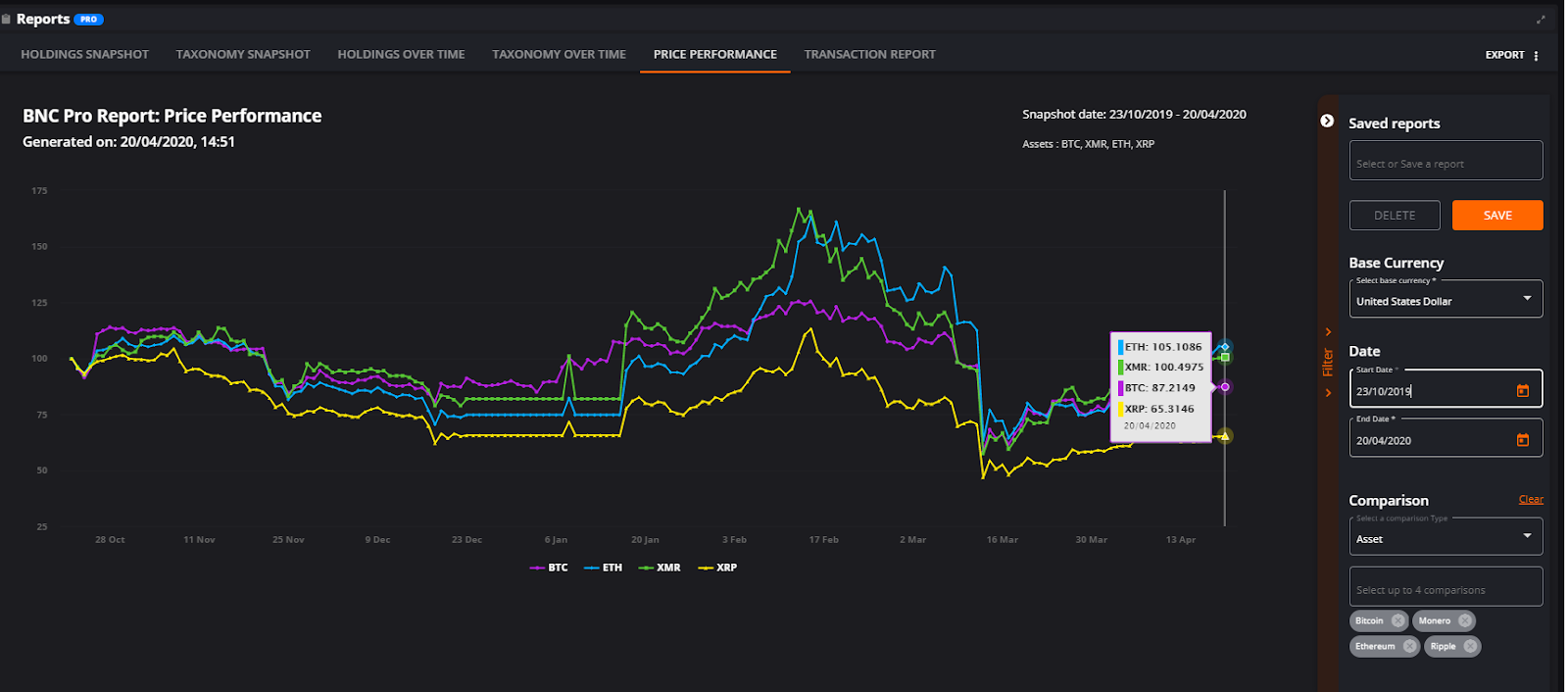Monero turns six amid regulation concerns
While the network officially turned six on the 18th of April, it has roots dating back to 2012 and the Bytecoin project. Bytecoin was the first cryptocurrency based on the now ubiquitous CryptoNote application layer, which works by grouping public keys together to ensure a sender’s transaction details are obfusticated, and uses ring signatures to sign transactions for anonymity.
Monero was created after it was revealed that 80% of the total Bytecoin supply had already been issued. This led to 7 developers, 5 of which continue to keep their identities secret, forking Bytecoin and launching Monero in 2014.
XMR has been notable in the blockchain privacy space for its focus on default privacy features that utilize Multilayered Linkable Spontaneous Anonymous Group signatures(MLSAG), ring confidential transactions (RCT) and stealth addresses. These features enable untraceable, unlinkable, private and analysis resistant transactions.
The blockchain has had a number of network upgrades over the last two years, which have led to steady improvements in fundamental performance, including decreased transaction costs and better custody solutions. Milestones in 2020 include the number of transactions per day on the network hitting an all-time high.
In November 2019, the network changed from the Cryptonight consensus algorithm to RandomX, although it remains a core component of several privacy-focused projects. This was a major update to the network designed to make ASIC mining permanently unviable by giving CPU’s a mining advantage.

The Monero community celebrated its sixth anniversary with a Livestream hosted by the Monero Community Workgroup. The Livestream, dubbed Moneroversary 2020, lasted several hours and began with some formal discussions and updates, before a more casual second half that included Trivia, board games and a meme competition.
The formal discussion portion of the stream began with a history of Monero, before an interview with the team at Monero Research Labs (MRL) and a discussion around Monero compliance. The interview with MRL featured contributors Sarang Noether and Mitchell P.Krawiec-Thayer, who have contributed a broad range of development assistance including cryptography, meta-analysis, coding and protocol design.
The discussion also covered ongoing relationships that the dev community maintains with other privacy-focused crypto teams including Loki. The relationship with Loki has led to shared resources, faster development time, and potential interest for investment into Monero Research Labs.
The compliance discussion featured Dave Jevans the CEO of CipherTrace and Justin Ehrenhofer a compliance analyst at DVtrade, a Monero Over The Counter (OTC) desk. CipherTrace is a blockchain security and tracking firm that has previously interacted with financial authorities such as the Financial enforcement Crimes Network (FinCen) & Financial Action Task Force (FATF), and, has tackled the use of cryptocurrency for purposes such as human trafficking.
A focus of the cryptocurrency compliance discussion was how the enforcement of the “trave rule” for cryptocurrency transactions. The travel rule is enforced by US financial authorities for any transmission between financial institution’s specific information that must be provided as part of a transmittal order including; The address of the transmitter, The identity of the transmitter’s financial institution, and the identity of the recipient's financial institution.
Jevan has been in discussion with FinCen and stated that Exchange-to-Exchange cryptocurrency transfers are likely to fall under the travel rule soon, and no sufficient infrastructure exists to monitor or provide these transmittal orders. He clarified that Exchange-to-personal wallet or Personal wallet-to-Personal wallet transfers do not fall under this restriction.
Ehrenhofer mentioned that a number of risk-based Anti Money Laundering approaches for setting up compliant crypto exchanges have been published and are being used, but it’s only a small fraction of the crypto exchange market.
The challenge of how to create a fully compliant monitoring system for privacy-centric blockchains like Monero is a difficult one. Jevans mentioned a potential answer is a private, secure inter-exchange transfer network, similar to the SWIFT network used by banks.
Speaking to Brave New Coin, the Global Compliance Officer at Dasset, Jason wood, agrees that preventing money laundering is critical and exchanges could work together to create a network enabling money transfer and reporting to authorities.
OhNoCrypto
via https://www.ohnocrypto.com
Aditya Das, Khareem Sudlow
